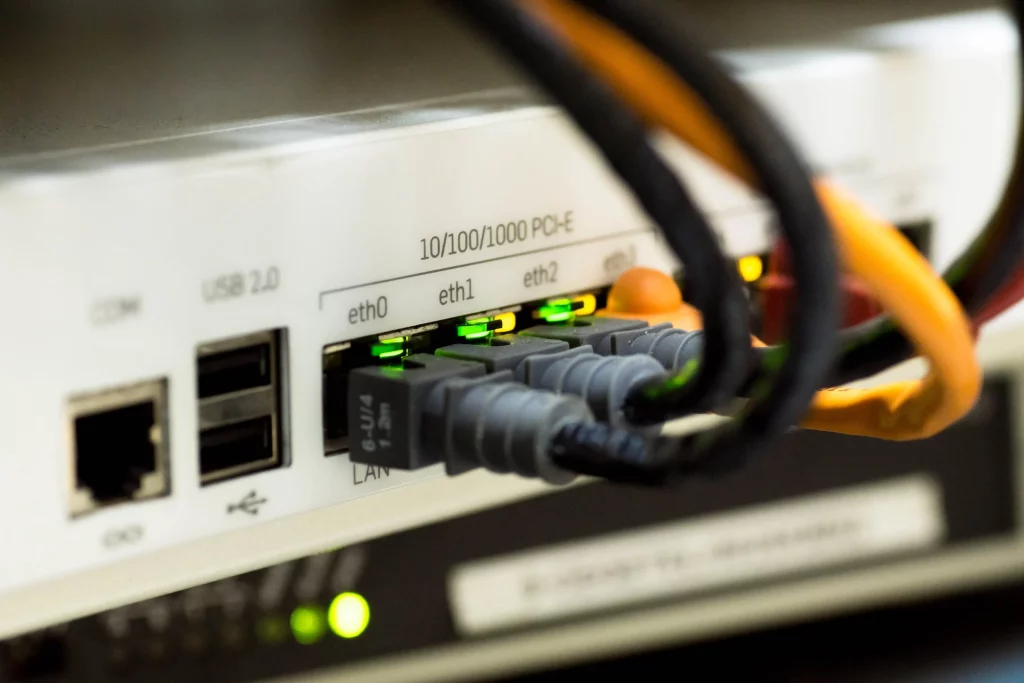How AI Is Disrupting Market Research: A Real Talk from the Trenches
If you work in market research or have ever relied on it to make a decision, you’ve probably noticed something big shifting beneath the surface. Artificial intelligence—AI for short—is not just a buzzword anymore; it’s becoming the backbone of how businesses understand customers, trends, and competitive landscapes. Now, this isn’t about some distant future where robots replace analysts overnight. It’s happening right now, and it’s changing the game in ways that are both exciting and, if I may be honest, a little bit unsettling.
I’ve spent years watching—and sometimes wrestling with—the evolution of market research methodologies. From painstaking manual data collection to the rise of online surveys, and now, the surge of AI-powered insights, every leap has reshaped how we see markets and make decisions. What stands out with AI is its capacity not just to speed things up, but to *redefine* what’s possible. So, let’s unpack this together and see how AI is shaking up market research in a way that truly matters.
Why Market Research Needed a Shake-Up
Market research has historically been labor-intensive. You know the drill: designing surveys, recruiting participants, encoding responses, running statistical analyses, and then—finally—generating reports that sometimes feel like products of guesswork as much as science. I’ve seen projects take months, with plenty of moments where the data seemed promising but didn’t quite paint the full picture.
Moreover, the sheer volume of data available today can be overwhelming. Between social media chatter, e-commerce behaviors, and traditional survey responses, companies often drown in data but thirst for actionable insights. AI comes in here like a lifebuoy, promising to handle these torrents of information and find patterns that human eyes might miss—or would take weeks to uncover.
You might wonder: “Is AI just about automation, or is it really making market research smarter?” From what I’ve experienced, it’s definitely both, but the smarter part is where the magic really is.
The AI Advantage: Speed Meets Depth
One of the simplest benefits AI brings to market research is speed. Instead of waiting weeks to compile and analyze data from thousands of survey responses, AI-powered tools can do it in hours—even minutes. But don’t mistake this for just faster reporting. The *depth* of insight is getting a serious upgrade.
Take sentiment analysis, for instance. It’s a method AI uses to read through text—like social media posts or product reviews—and identify whether the tone is positive, negative, or neutral. In the past, this was a manual or rule-based task, prone to missing nuances like sarcasm or mixed feelings. Modern AI models actually *understand* context to a surprising degree. I remember a project for a consumer goods company where traditional methods showed mixed reviews for a new product. AI-driven sentiment analysis, however, revealed that the negativity was mostly centered on one minor feature, while overall enthusiasm was higher than expected. This kind of granularity helps businesses make targeted adjustments rather than broad, costly changes.
Speed and depth together mean businesses don’t just get answers faster—they get *better* answers, which changes how decisions are made. Instead of relying on gut feelings or outdated data, leaders can respond to shifting consumer preferences almost in real time.
From Questions to Conversations: AI Changing the Way We Listen
If you’ve ever filled out a survey, you might have noticed how limiting it can feel. Questions are pre-set, answers are often multiple choice, and there’s little room for the nuance behind a customer’s thoughts or feelings. This is where AI-powered natural language processing (NLP) is quietly revolutionizing the game.
Imagine a research tool that doesn’t just ask static questions but *listens* to customers in their own words, whether in reviews, chat messages, or voice recordings. AI can transcribe, analyze, and even categorize these inputs without human intervention. What’s more, it can detect emerging topics or shifts in sentiment weeks before they become evident through traditional channels.
I’ve worked with companies that integrated AI chatbots into their customer feedback loops. Rather than forcing customers into rigid polls, these bots engage in natural conversations, uncovering issues and preferences that a fixed survey would miss. For example, a telecom company found that customers were frustrated not just with service outages, but with how communication about outages was handled—a subtlety that wouldn’t have surfaced in a yes/no questionnaire.
The Illusion and the Imperative of Objectivity
Market research has long wrestled with bias—both from participants and researchers. AI promises objectivity, free from human prejudices, but that’s a double-edged sword. AI models learn from existing data, and if that data is biased, the results reflect those biases.
I’ve seen cases where AI tools “amplified” certain voices simply because the data sources weren’t representative—sometimes overemphasizing opinions from vocal minorities on social media while underrepresenting quieter majority views. This means companies must be thoughtful about their data inputs and continuously audit AI outputs. It’s not a hands-off solution; it’s collaborative intelligence.
In my experience, blending AI with human expertise leads to the best outcomes. AI can sift through mountains of information, but analysts bring context, ask the right questions, and spot when results don’t align with reality. It’s like having a GPS that shows every nearby restaurant but trusting a local friend to recommend the best one.
Seeing the Future: Predictive and Prescriptive Insights
You might have heard the terms “predictive” and “prescriptive” analytics thrown around, often with a “wow” factor. What do these mean in market research? Simply put, predictive analytics uses historical data to forecast what might happen next—will sales for a product rise next quarter? How likely is a customer to churn? Prescriptive analytics goes a step further and suggests what action to take to influence those outcomes.
AI is powering these capabilities more than ever. For instance, I consulted with a retail brand that used AI-driven models to predict not only which customers might leave but also the best offers or communication strategies to retain them. This kind of precision targeting can save millions and create much stronger loyalty.
But here’s the kicker: these models are only as good as the data and assumptions behind them. They don’t replace human judgment but augment it. In other words, instead of asking “What will happen?” AI helps us ask, “What should we do about it?” That’s a powerful shift from reactive to proactive research.
Real-World Impact: Small Changes, Big Outcomes
When AI gets integrated into market research thoughtfully, the impact shows up in practical, sometimes surprising ways. One company I worked with used AI to monitor social media conversations during a new product launch. Instead of waiting for sales reports, they identified early signals of a packaging issue from customers’ complaints. Because they caught it quickly, they made adjustments mid-campaign, saving the launch from a potential flop and demonstrating the value of real-time insight.
Another example comes from the food industry, where AI analyzed massive amounts of consumer preference data to spot emerging trends—like the rise of plant-based snacks—weeks before they became mainstream. This gave brands a leg up in product development and marketing.
These stories aren’t just anecdotes; they represent a shift in mindset. Market research isn’t about *confirming* what companies already believe. It’s about discovering what’s *actually* happening and responding faster than competitors.
The Human Side of AI in Market Research
With all this buzz around AI, there’s a risk of thinking it’ll replace the human touch or the intuitive leaps made by experienced researchers. From what I’ve witnessed, this couldn’t be further from the truth. AI is a tool—an incredibly smart and fast one—but the art of market research still requires empathy, curiosity, and judgment.
If you ask me, the real disruption isn’t AI replacing analysts; it’s AI *enabling* analysts to do higher-value work. Rather than spending time cleaning data or running repetitive tasks, researchers can focus on interpreting insights, asking better questions, and influencing strategic decisions.
One of my favorite moments was watching a junior analyst use AI tools to uncover a subtle behavioral pattern in a confusing dataset. Instead of drowning in spreadsheets, she was able to craft a vivid narrative about customer motivations that resonated with leadership. It’s not about automation versus humans—it’s about partnership.
What’s Next? Staying Ahead in an AI-Driven Market Research World
I get asked often, “How can a market researcher stay relevant in this AI-driven world?” My advice is simple: Embrace the technology but don’t hand over the reins. Learn how AI works enough to challenge its assumptions and know when to dig deeper. Cultivate skills in storytelling and strategic thinking—because data without context is just noise.
Also, be curious about new data sources. AI thrives on diverse inputs, whether it’s voice commands, images, or behavioral data. Those who are open to experimenting and combining different types of data will unlock the freshest insights.
In the end, AI isn’t a magic wand, but it’s a powerful amplifier. It can transform a single piece of market research from a snapshot into a moving story, from a retrospective report into a forward-looking tool. If you’re in the market research world—or rely on its insights—getting comfortable with AI isn’t optional; it’s essential.
Wrapping It Up
AI’s disruption in market research is here and it’s deeper than just automation. It’s about transforming how we collect, analyze, and apply data to understand markets more fully and respond more quickly. It makes research faster, richer, and more dynamic. But it doesn’t replace the human touch—it demands it.
If you ask me, the best market research teams won’t be the ones who chase the latest AI tech blindly. They’ll be the ones who combine AI’s strengths with seasoned expertise, question their findings, and tell stories that shape smarter business decisions.
So next time you hear someone say “AI is taking over market research,” think again. AI is helping us listen better, think faster, and act wiser. And that’s a disruption worth embracing—with a cup of coffee in hand.




